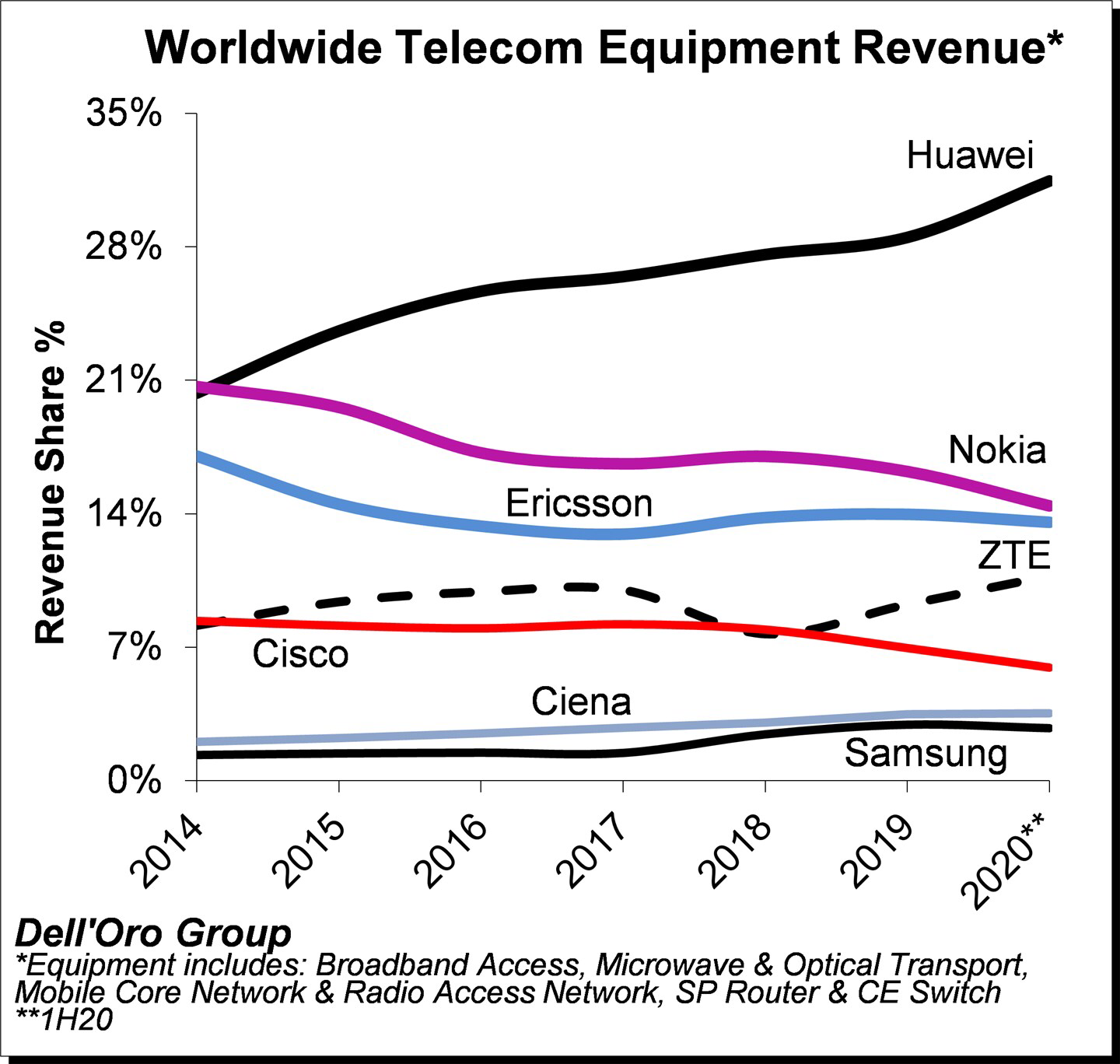The sections describing the strategy is somewhat true though. Especially on "4. Re-innovate" - basically a strategy for assimilating technology, re-innovating on top, and either catching up in the area or leapfrogging. Saving time and money.
Of course this is all presented in a binary way, totally devoid of nuance. The strategy steps are mostly true across Chinese scientific and industrial domains from the 1950s to maybe 2000s. It's applying this strategy still where it sees fit but there aren't that many science and tech fields which China doesn't already lead without peers or at least competitive with the best in. The only obvious one which China isn't close to leading or competitive is turbofan engine design and manufacturing (particularly high bypass). But even this one is relatively caught up already as WS-15, CJ-1000, and WS-20 are at or nearing serial manufacturing and WS-10 having provided more than 10 years of proven service. Maybe can include super high thrust turbofans, super high thrust rockets engines, and chip fabrication as well but China is at the very least second tier in all these fields already.
None of this would have been achieved so quickly without applying the strategy outlined in the FBI document. Although these strategies were used by almost every civilisation/nation in catch up. Literally all of them applied a similar strategy instead of "reinventing the wheel from first principles". Most try and fail.
Saving effort, resources, and time, really allows for them to be applied elsewhere. How else can China be a leading competitor or sole leader in so many fields now? Considering it was nowhere even back in the 1990s. Although the groundwork was more than concrete already back in the 1990s.

